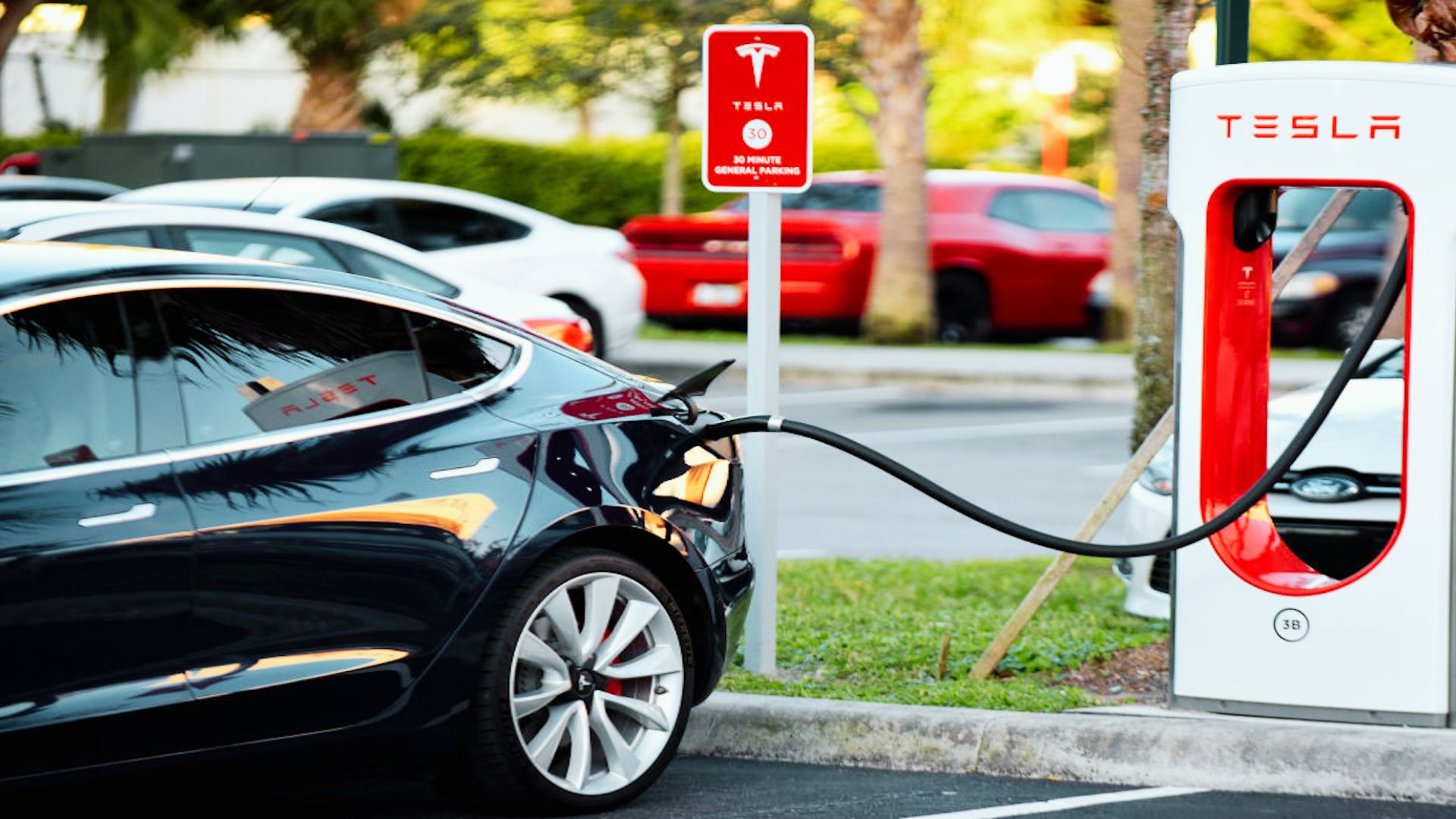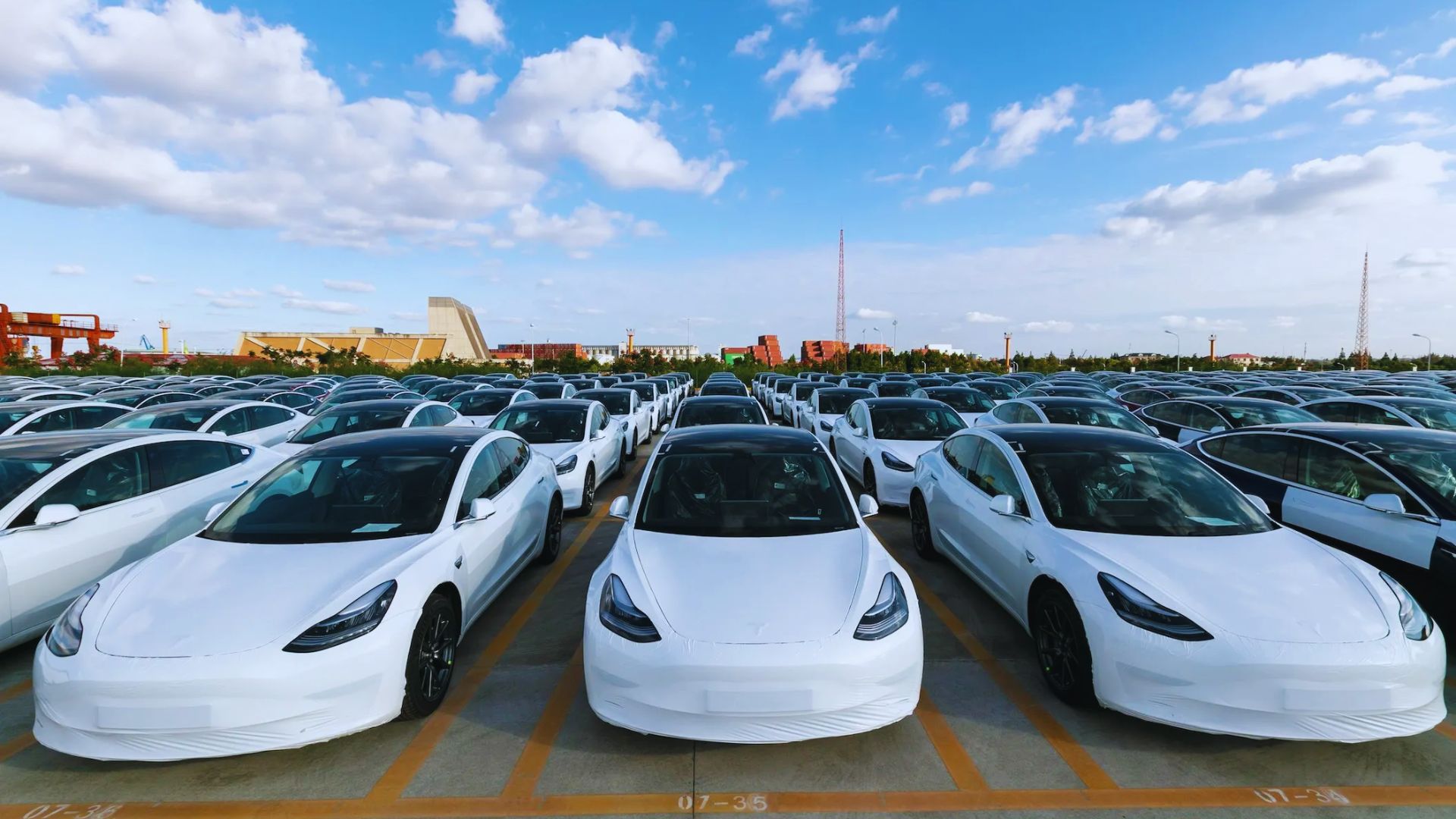Toyota aligns with Tesla’s North American Charging Standard (NACS), signaling a shift in the US electric vehicle infrastructure.
The electric vehicle (EV) industry is witnessing a significant shift in charging standards. Leading the charge is Toyota, which recently announced its decision to adopt Tesla’s North American Charging Standard (NACS) for its EVs sold in the US. This move, set to commence in 2025, underscores the growing influence of Tesla’s charging infrastructure and the broader industry’s move towards a unified charging solution.
This article delves into the implications of this decision and its impact on the EV market.
Toyota’s Strategic Shift
Toyota’s announcement to transition to Tesla’s NACS is monumental. As America’s second-largest automaker in terms of sales, just behind General Motors, this decision sets a precedent. The rapid industry-wide shift towards NACS began when Tesla’s CEO, Elon Musk, extended an invitation to other automakers and charging companies to adopt this standard.
Major players like Ford, GM, Mercedes-Benz, Nissan, and Honda quickly jumped on board, with Hyundai and Kia following suit.
The Current EV Landscape and Toyota’s Position
While Toyota is renowned for its leadership in hybrid vehicles, its presence in the pure EV segment remains limited. Currently, the Toyota BZ4X and Lexus RZ are the brand’s sole fully-electric models available in the US. However, Toyota has expressed intentions to expand its electric lineup in the coming years.
This move to adopt NACS aligns with their future aspirations in the EV market.
Implications for the Charging Infrastructure
The shift to NACS has broader implications for the charging infrastructure. Major EV charging companies, including Chargepoint, Electrify America, and Beam, have announced plans to produce chargers compatible with NACS, alongside the current CCS. This transition ensures that automakers like Toyota, Ford, and GM can provide their customers with easy access to Tesla’s expansive network of 12,000 fast-charging superchargers in the US.
However, some automakers, including Stellantis and others with a smaller US market share, remain undecided on adopting NACS.
Conclusion
Toyota’s decision to adopt Tesla’s NACS is indicative of the evolving landscape of the EV industry in the US. As automakers rally towards a unified charging solution, it reflects a collective vision for a more streamlined and user-friendly EV infrastructure. While challenges remain, and not all automakers are on board yet, the momentum towards a standardized charging system is undeniable. This move by Toyota further solidifies the path towards a cohesive EV future.




